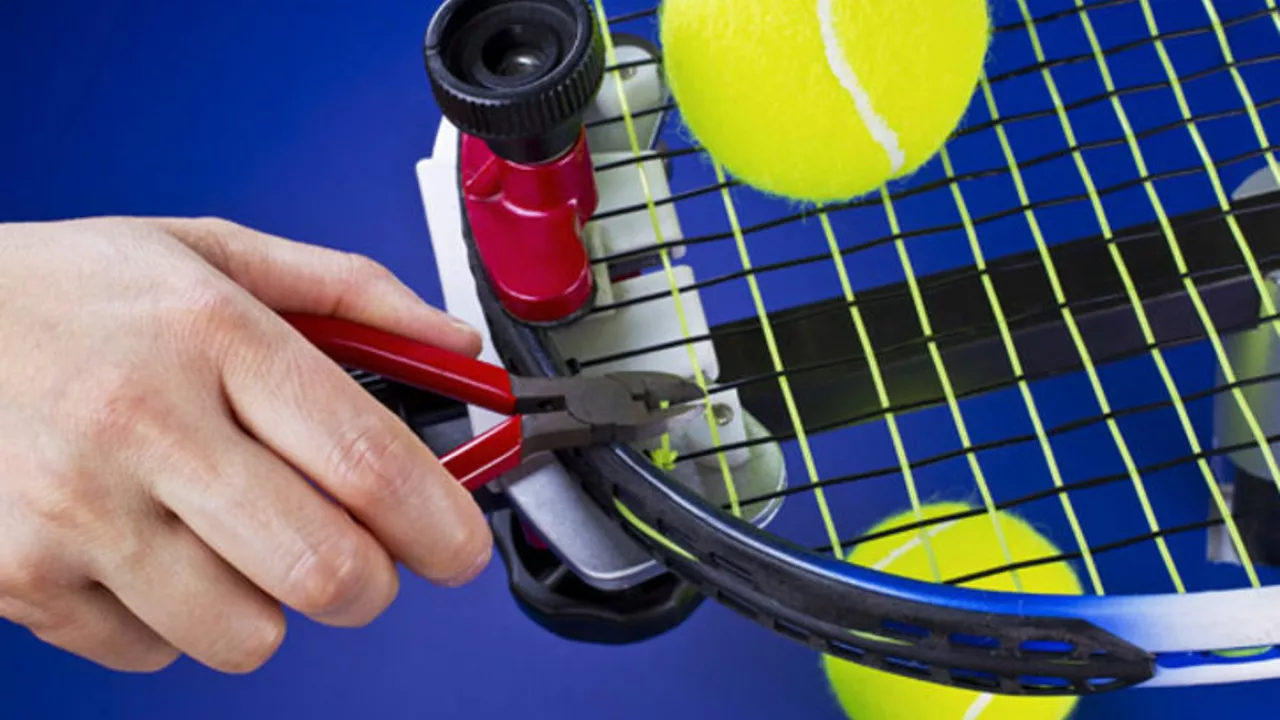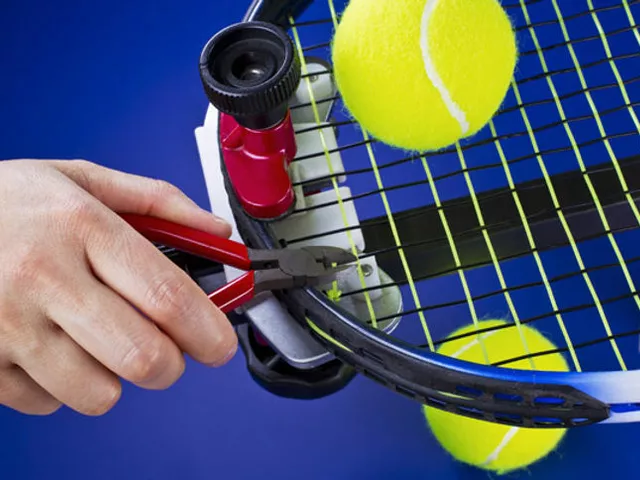The Unseen Heroes: Stringers of the Court
Ask yourself, when you're slammed against your soles, a racket in your grip and an impending ace on the horizon, do you ever question the magic that's in your hands? With the resinous strum of a chord, players deliver lightning-fast serves and powerful groundstrokes all thanks to tennis strings. It's the unsung hero of this beloved sport we're diving into today, uncovering those who string the rackets and bring this magic to life.
On the surface, tennis strings might seem mundane, yet beneath this simplicity lies an intricate choreography of stress and tension, power and control. The orchestration of this dance? Intricately managed by skilled artisans known in the industry as stringers. From understanding the nuance of how tight or loose the strings should be to choosing the right material for player’s style, they elevate the humble racket to an extension of the player's arm, their strength, and strategy.
Stringers: The Invisible Craftsmen
The profession of stringing requires a careful symbiosis of technical know-how, manual dexterity, and a deep understanding of a player's style and need. Ever wondered how players manage to serve aces one after another, or how they have such a deft control over ball spin? Much of it can be attributed to the stringer’s uncompromising eye for detail, their deftness, and their craft.
As a blogger, over the years, I've seen lots of great players and their supportive stringers. The bond between these two is often overlooked, but it's as vital as the sinewy relationship between the racket's handle and its mesh-like heart. Back in my junior tournament days, I still remember Allen, our team’s stringer. He used to hunch over rackets in the sidelines, his hands weaving a web of control and precision that we then used to win or lose on the court. A jovial chap, with a serious dedication to his craft, he played a crucial role in our performances.
Understanding the Physics of Strings
Tennis strings are scientific masterpieces. When designed properly, they provide a springboard effect, known as the trampoline effect in player's parlance which propels the ball with a greater initial speed. On the other hand, they need to provide a sufficient level of control lest the player ends up hitting the ball out of the court.
Stringers need to balance the rebound effect with control, consistency and, often, player comfort, effectively a two-sided tug-of-war of physics. We’ve all watched those slow-motion replays where the ball squashes onto the face of the racket and rebounds off. The key to this lies primarily in the type of string, its tightness, and structure.
The Materials and Their Impact
There’s a whole raft of string materials to choose from, each offering unique characteristics. From natural gut favoured by the legendary Roger Federer, to synthetic gut, polyester, nylon, kevlar strings, and multifilaments, the choice of material can impact the game in more ways than one can imagine.
Different strings offer different sturdiness, elasticity, resilience, and tension loss. Natural gut, for instance, provides excellent tension maintenance and elasticity but lacks in durability. Polyester, on the other hand, delivers less power but exceptional durability and spin potential. I remember when Allen convinced me to switch from synthetic gut to a hybrid of natural gut and polyester strings. My serve, which was decent, got a noticeable boost in power and control, it was a game-changer!
It's All in the String Pattern
The string pattern dictates the distance between the strings and plays a significant role in the control and spin of the shots. Open string patterns have fewer strings which result in more power and spin but less durability as the strings move more. Dense or closed patterns have more strings closer together and thus offer better control and durability.
Understanding the need of the player and matching it with an optimal string pattern is one of the many intuitive skills of a professional stringer. I still cherish a specific racket of mine, with its characteristic 16x19 open pattern, strung deftly by Allen for my aggressive baseline play, it was my Gauntlet of Aces.
The Art of Tension
Tension in tennis strings is a tricky business. More tension means less power but more control, while less tension gives more power but less control. The right tension can vary from player to player, and from racket to racket, making it an art form that doesn't get the applause it deserves.
Professionals often have their rackets strung at very high tensions because they can generate enough power through their swings and need the extra control. As an amateur, I learned that my own game benefited from less tension – it gave me the extra power I was struggling to incorporate into my shots. The exact poundage? A closely guarded secret between me and my stringer!
So, the next time you hold your racket and feel that familiar resilience against your palm, remember to spare a thought for the invisible craftsmen who knit power into the heart of it with unassuming strings. They are the ones making the magic you hold possible. And who knows, maybe the strings in your racket were once woven to life by a jovial craftsman like my old friend, Allen.

